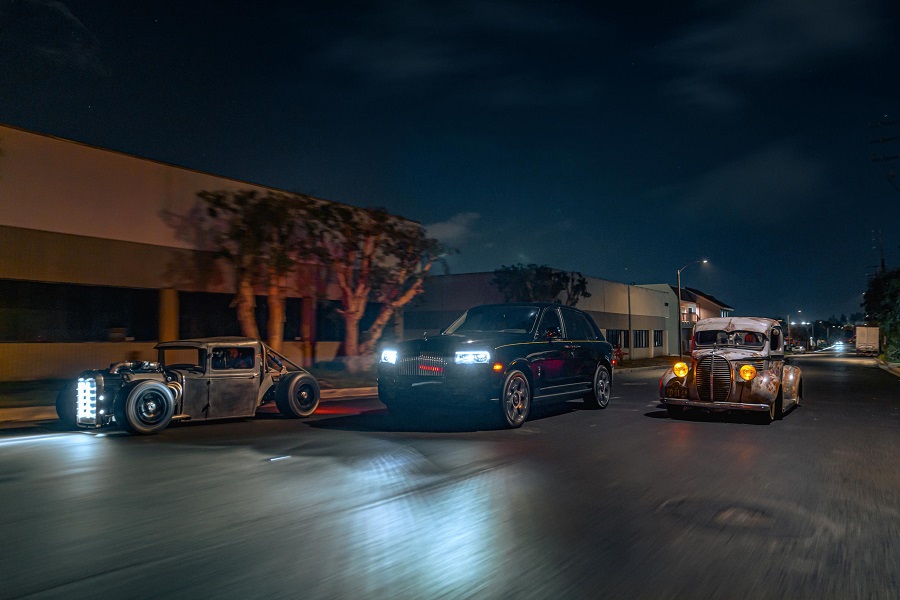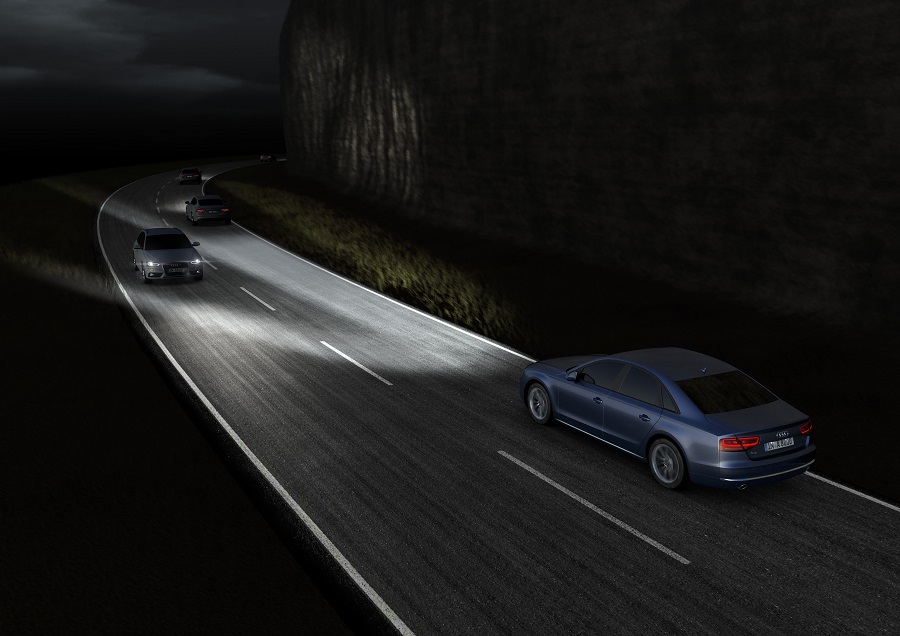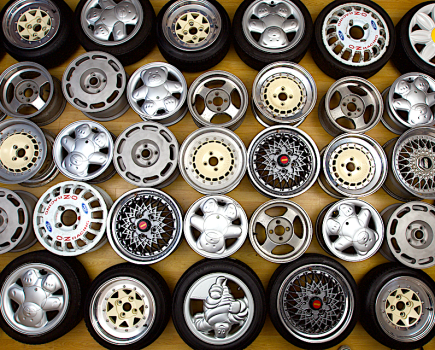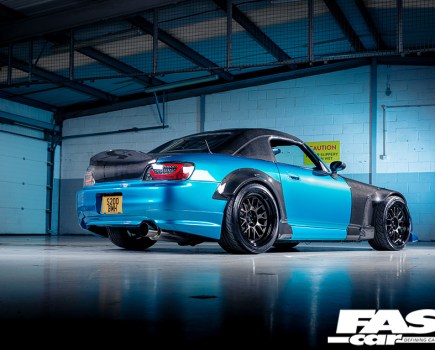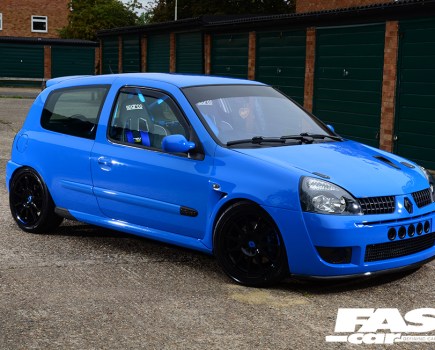Lights are one of the most important automotive basics to understand. So, here’s our beginner’s guide to car lights and headlights.
Car lights are an important part of your vehicle’s maintenance checklist, but if you’re just starting out in the automotive scene, you might need a crash-course to bring you up to speed. What sort of lights will you find on a car, and what are their uses?
Besides, even if you consider yourself a relative know-it-all, there might still be something in this guide that you weren’t aware of.
So, here’s everything you need to know about car lights and headlights:
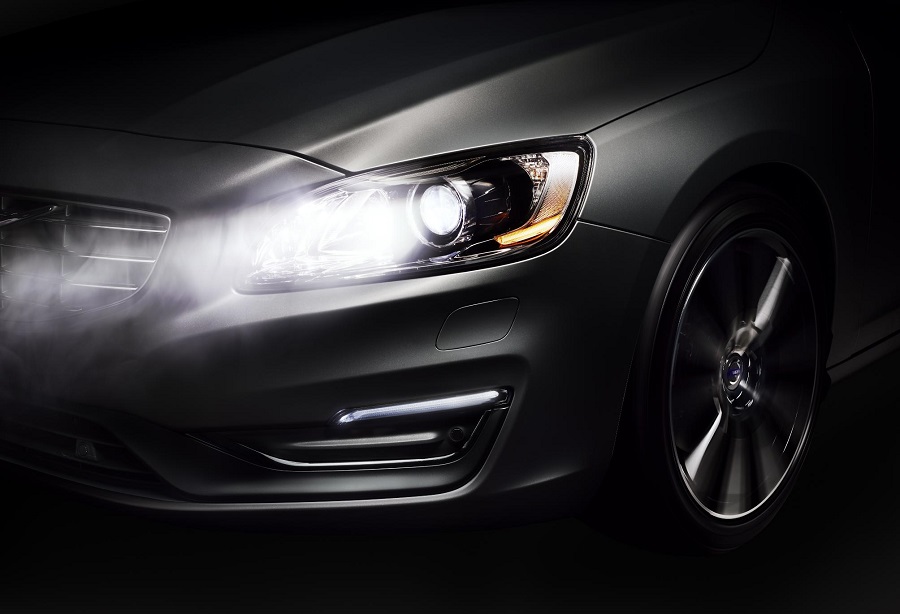
Headlights
Hopefully you already understand the basic premise of what a headlight is. To put it simply, they’re there so that you can see the road ahead at night. But it’s not the case that all headlights are equal. In fact, there are several types of headlights with different attributes and different capabilities.
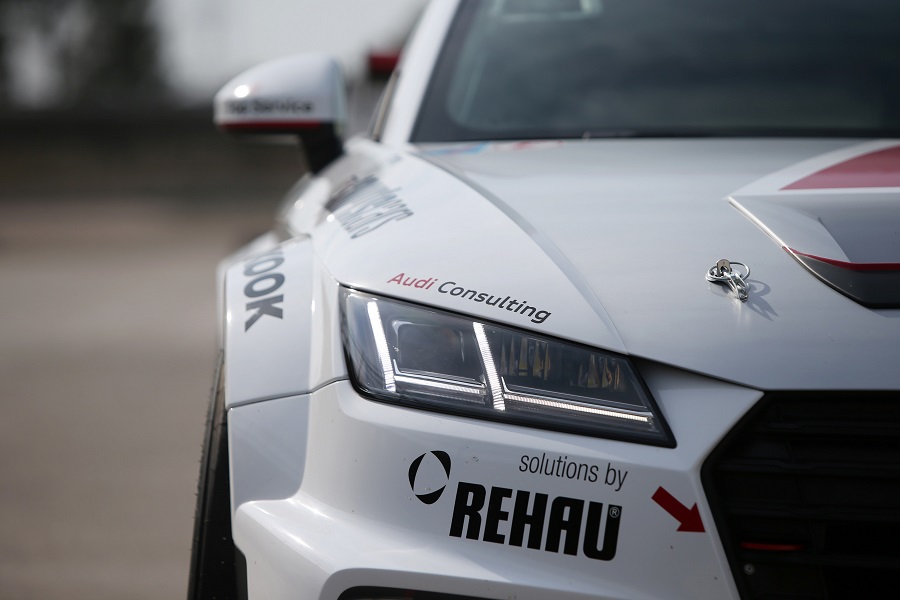
Headlight Materials
Traditional headlights make use of halogen bulbs, which produce light from electrical current that travels along a tungsten filament surrounded by halogen gas. This old tech is very cheap, but isn’t very energy efficient at all. As such, many modern cars make use of different types of headlight instead.
HIDs, or High Intensity Discharge lights, are one of these newer upgrades. Nicknamed ‘xenons’, HIDs make use of xenon gas rather than halogen gas. In this instance, electricity passes between electrodes and comes into direct contact with the xenon gas. The consequent reaction results in a strong ray of light, which the bulb then projects ahead of the car.
Finally, there are LED headlights. These send current through an array of light emitting diodes, achieving a strong, piercing white light while using less energy than a duller, yellow-ish halogen bulb. Neat!
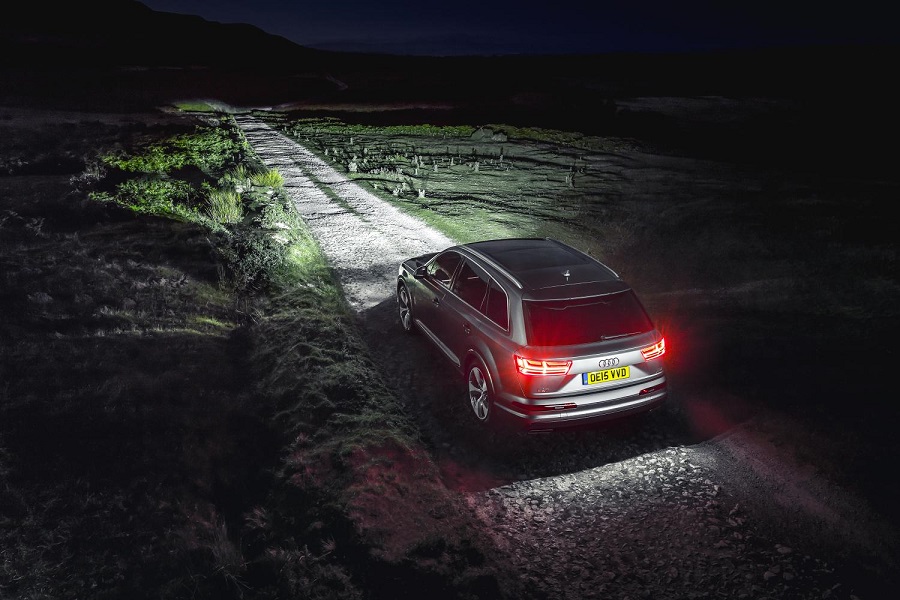
Headlight Beams
All headlights have various beam patterns that you can utilize via controls within the cabin. Dipped/low beams are used most regularly. They offer the driver good visibility without threatening to blind or dazzle other oncoming drivers. High/full beams, meanwhile, unleash the full potential of the car’s headlights, giving you more illumination. These can impair the view of oncoming drivers or drivers directly ahead of you, so you should only use high beams when it’s very dark and there is no other traffic around.
To achieve these differing quantities of light, most cars make use of two separate bulbs for each use. However, cars equipped with the ‘bi-xenon’ type of HID headlights only use one bulb to achieve both desired effects.
Adaptive and Matrix Headlights
Modern headlight functionality isn’t restricted to mere beam variation. Adaptive and Matrix headlights are also within many OEMs’ repertoires. Let’s start with an explanation of adaptive headlights. These do exactly what they say on the tin – they adapt. Specifically, some follow the steering input of the driver, effectively allowing you to peak around dark corners. Others, meanwhile, are adaptive in the sense that they can adapt to surrounding traffic. For instance, some adaptive systems can illuminate the right and left headlight independently of each other. So, if your vehicle’s sensors detect an oncoming car, the adaptive headlights will ‘split’ their coverage, automatically shutting down bulbs that could dazzle the oncoming driver, before re-engaging them once the vehicle has passed.
Matrix headlights, on the other hand, are a specific variation of the LED headlight. In a matrix system, the LEDs are arranged in columns and rows, and are accompanied within the headlight housing by cameras, mirrors, and sensors. This supporting cast of tech essentially maps out the road ahead, illuminating and dimming individual LEDs on the fly to ensure that they’re always illuminating your main trajectory and that you aren’t blinding anyone else. So, they do a similar job to the steering-based adaptive headlights mentioned above, but achieve the result a different way.
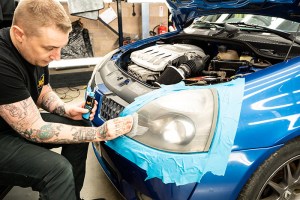
Headlight Maintenance
Over time, headlights will expire or deteriorate. If you’ve got an old car, you might find that the bulbs start to perish. If that’s the case, we’ve got a great D.I.Y. guide designed to help you install new headlight bulbs at home. Faulty headlights will render a car unroadworthy in many regions, so if they need fixing, fix them!
Another way that headlights can deteriorate over time is through exposure to UV. While this doesn’t cause any mechanical harm, it can give your car’s plastic headlight lenses a cloudy, sometimes yellow-ish look. It’s fairly straightforward to bring them back up to scratch from the comfort of your own driveway, so if your car is looking a bit cloudy-eyed, consider reading our headlight restoration guide. We’ve also compiled some of the best headlight restoration kits on the market to help get you started.
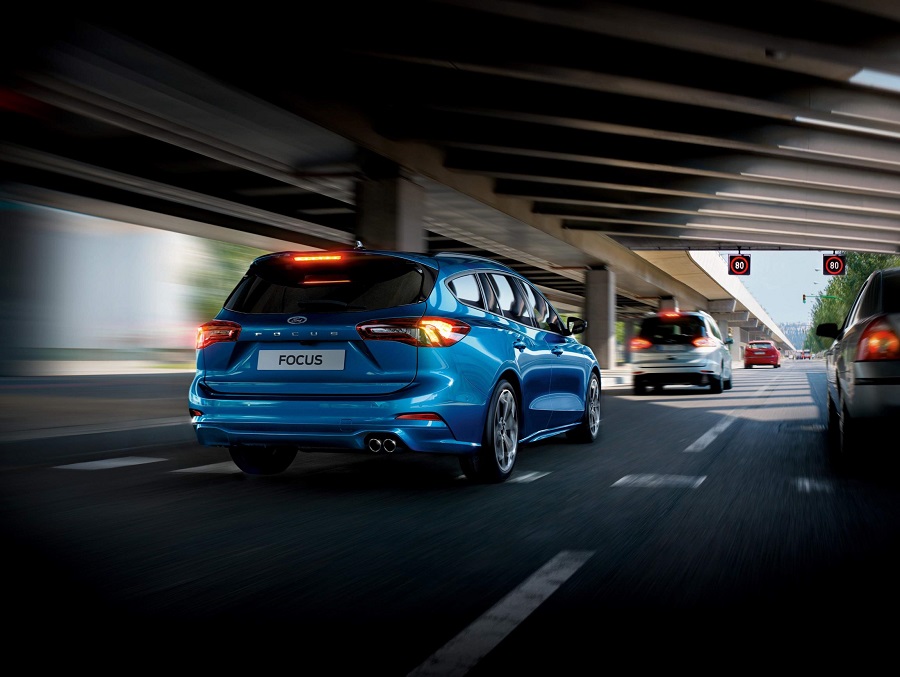
Brake Lights & Tail Lights
Brake lights are also fairly self-explanatory. These are red in color and only illuminate when you make contact with the brake pedal, a feature designed to warn drivers behind you that you’re slowing down or coming to a stop. This occurs through the use of pedal sensors. As you can imagine, it’s illegal to have faulty brake lights on your car in most regions, so make sure that the lights at either end of your vehicle are in good health.
Tail lights are a bit different to brake lights, but visually can look quite similar. They too, are located at the back of the car and are red, however they do not indicate braking. Instead, they turn on in tandem with you turning your headlights on. The idea here is that while headlights help to illuminate to road ahead, tail lights will make your own car more visible to drivers behind.

Someone installing an indicator bulb.
Indicators / Turn Signals
BMW drivers listen up, this might be new to you. Indicators, or turn signals, are designed to do exactly that: indicate which direction you’re intending to travel. To give you some examples, common uses for these include situations such as changing lanes on a highway, making a turn at a junction, or indicating your exit at a roundabout. But let’s be real, if you’ve got a driver’s license, you should know that already.
Alternatively, if you press the hazard light on your car’s dash, all of the indicators on the vehicle will flash simultaneously. This is to alert other drivers of something hazardous, usually your own car if it’s stationary on the road in a vulnerable area. You might also see hazards used on the highway, if conscientious drivers want to warn you about an obstruction or sudden traffic build-up ahead in the hope of avoiding a rear-end pile-up.
In order to differentiate indicator lights from regular headlights or brake lights, indicators are aways orange. Depending on the design of your car, the manufacturer might achieve this through either an orange lens, or an orange bulb. At the front and rear of the car, you’ll typically (but not always) find the indicators located within the headlight/taillight cluster, however cars also have small orange turn signals on the side of their front fenders.
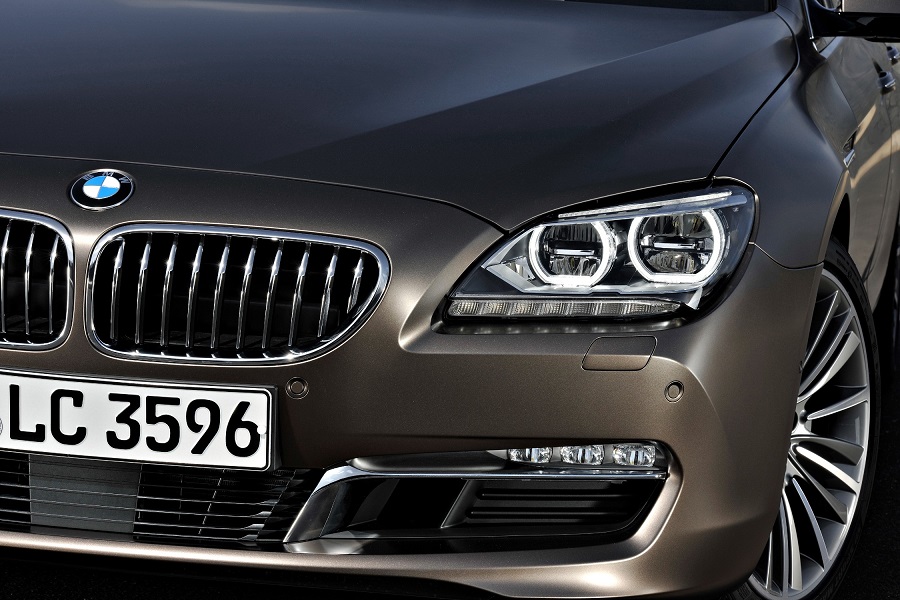
Daytime Running Lights and Sidelights
Daytime Running Lights, or DRLs, have been enforced in EU law since 2011 following studies that found that multi-car traffic collisions could be reduced on dull, grey days when cars were better illuminated. DRLs aren’t strong enough to act as headlights – they don’t illuminate the road ahead, however they do illuminate your car for the benefit of other drivers. Some vehicles have DRLs at the rear too, but currently only front DRLs are enforced on post-2011 cars by law.
Sidelights are another form of weaker light. Sometimes referred to as parking lights, these essentially serve the purpose of illuminating small areas around the car, which can be useful when parking up against a curb, for example. You might also use sidelights in driving conditions which aren’t dark enough to warrant dipped beam headlights, but are dull enough that some form of illumination could be helpful to other drivers. In that instance, you’re effectively using them instead of DRLs.
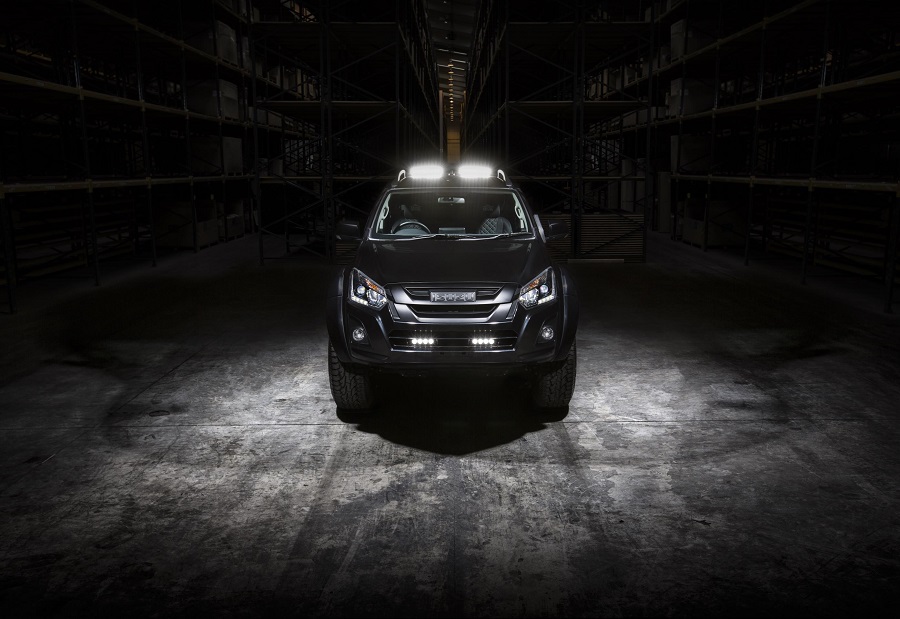
Light Bars
Have you ever seen a big truck or SUV with extra lights attached to its roof, grille, or bull bars? Those are light bars, commonly sourced from the aftermarket, but available as an OEM option of some tough, high-end vehicles too.
The ultimate goal of these is to provide extra illumination beyond what the vehicle’s regular headlights can offer. However, it’s not quite as simple as just chasing more light. Instead, different types of light bar achieve different results.
There are generally four sub-categories of light bar. Spot lights are those which have a narrow-but-long-range beam, whereas flood lights are best for seeing a wide expanse of terrain. Their range isn’t quite as long as spot lights, though.
That’s where combination light bars come in, which – as you can probably guess – offer both capabilities within one package. Finally, scene lights are meant for close-range work, shining a powerful, concentrated light on the space immediately in front of them.
If you’d like to learn more, be sure to read our full guide on LED light bars.
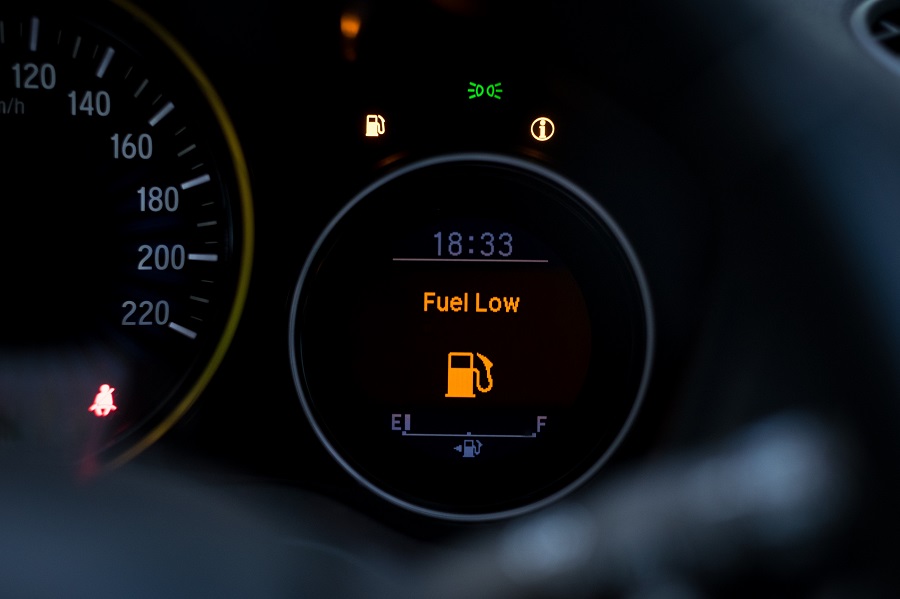
Warning Lights
Car lights aren’t confined to just the outside of your vehicle. Interior warning lights are also a super important thing to get your head around, not only to ensure you take good care of your care, but also to ensure you and your passengers’ safety.
Warning lights can relay all kinds of information back to you, whether it be simple information such as alerting you to the fact that your headlights are on, to more serious warnings indicating various mechanical failures. The messages have a standardized universal color code depending on severity. This starts with simple info messages which can be green, blue, or white, before progressing up to orange and then ultimately red.
We’ve got a detailed article on this subject matter, so be sure to check out our car warning light guide if there’s a symbol you’re not quite sure about.
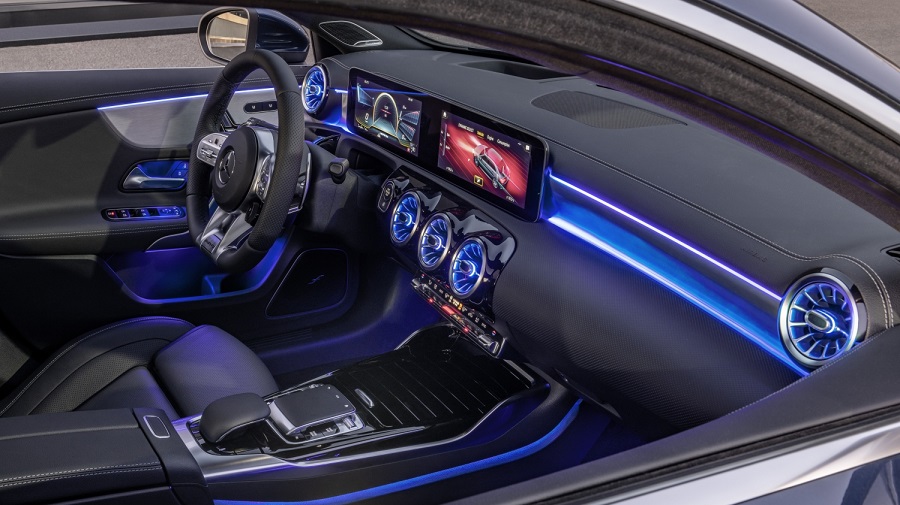
Interior Lights
Finally, there’s interior lights. Your car will have some fitted as standard, usually in the form of dome lights somewhere in the headliner, or perhaps in the glovebox or joined to the mirror in the sun visor, if your car’s got one. Traditionally these were useful for tasks such as map reading at night, but even in the world of GPS technology, interior cabin lights have stuck around. Useful if you’ve dropped something in the dark, for example.
However, the possibilities for car interior lighting are limitless, and increasingly they are becoming a design feature as much as a functional one. Some OEMs have begun to introduce colored light strips around the trim of their cars to add some character to the cabin, but there’s also a plentiful aftermarket to help you achieve similar results in your own older car.
If you’d like to know more about that, check out our tips for interior lighting modifications.

